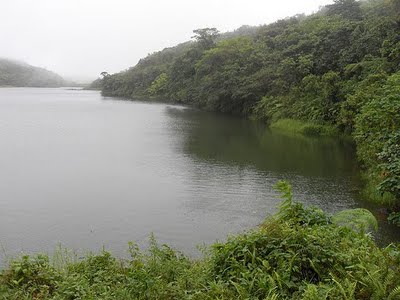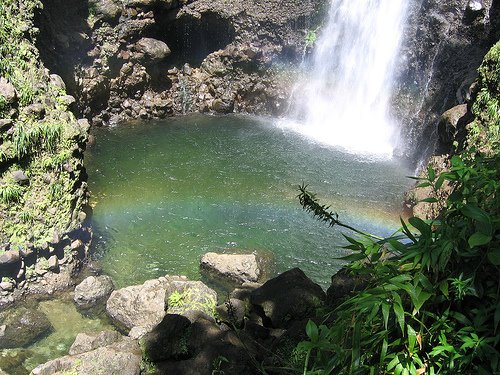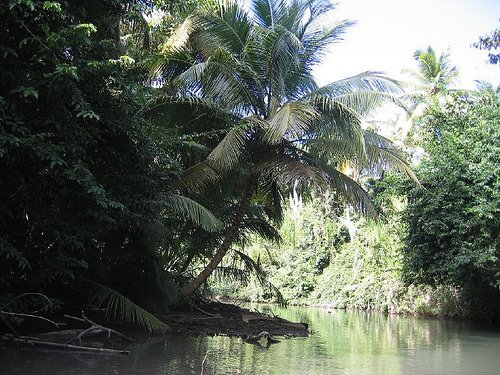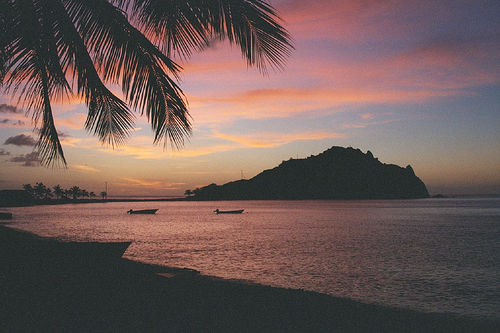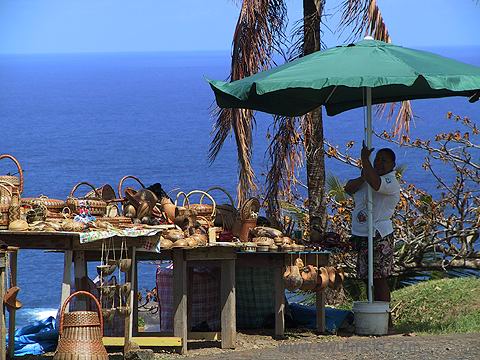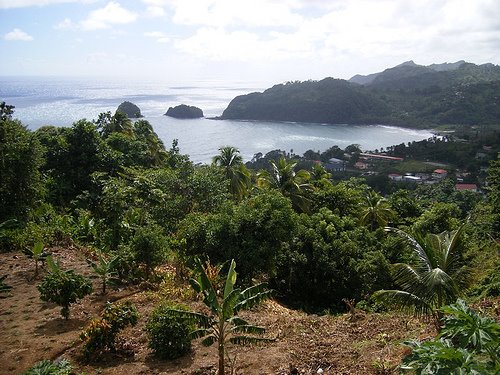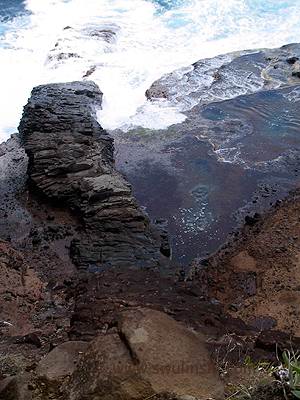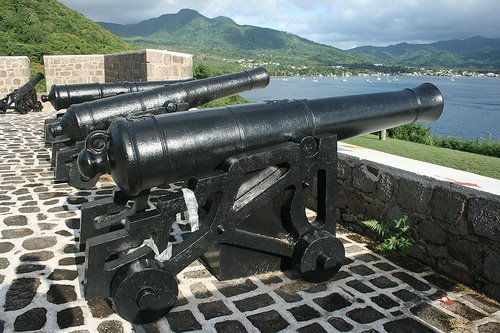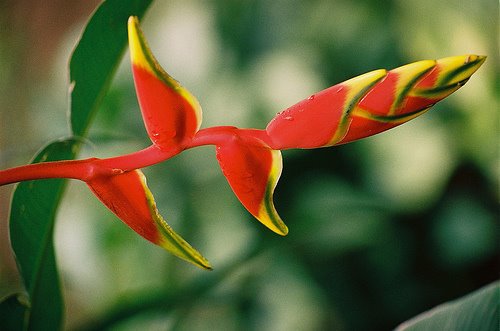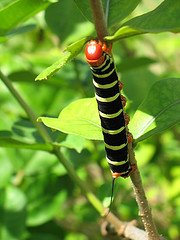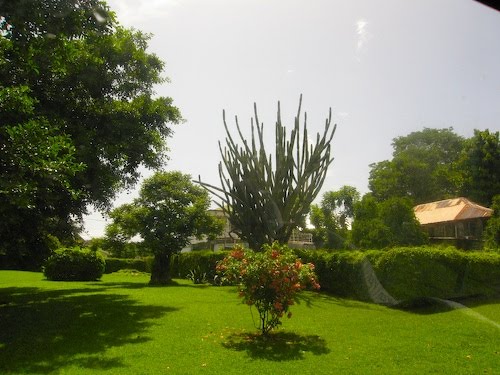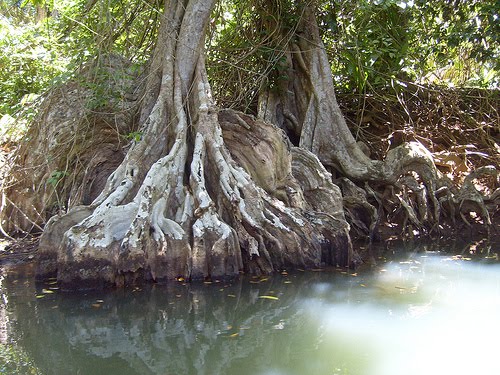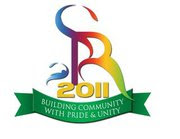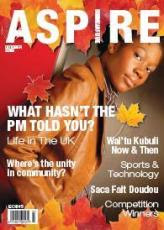For some time I wanted to create an activity involving the native Kalinago People of Dominica.
The Kalinago people are more popularly known as The Caribs and are the people whose ancestors the European Explorers met when they came to the eastern Caribbean. Dominica is the only island in the Eastern Caribbean where they survived and live in their own community which is referred to as “The Carib Reserve, The Carib Village or the Carib Territory. From here on I will refer to these legendary people by their ancestral name Kalinago.

This activity is an attempt to encapsulate the quintessence of the culture and historic
journey of the lives of the legendary and courageous Kalinago People. It is about their social and cultural evolution from the time they arrived on what they called Waitukubuli
to the present time in what we now call Dominica.
From our base in Roseau, we begin the drive through the lush rugged and forested
Interior of the island to the east Atlantic Coast leading to the Kalinago Village.
Courtesy of: Khatts Tours















